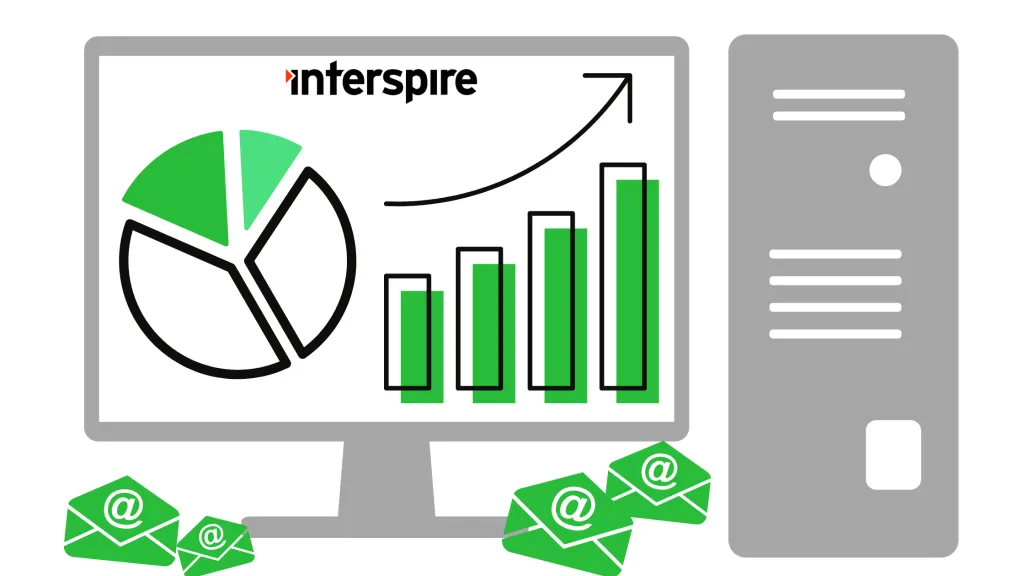Launching an email marketing campaign is not an easy task. You need to make sure you’ve got the perfect design, compelling content, and the right CTA to attract your target audience before hitting the send button. But your work doesn’t end there.
To ensure that all the efforts you’ve put into your email marketing campaign don’t go to waste, you should make sure that the recipients are engaging with them, this might be quite challenging without the proper information. To help you get started, let’s discuss the most efficient way of tracking your email engagement.
What is Email Engagement?
Email engagement can be defined as the measurement of success for an email marketing campaign. Basically, it’s about seeing how many people opened the emails and followed through with a desired action. To track this, different key metrics need to be monitored – which will give you an insight into how effective your strategy truly is.
Measuring Email Engagement
Monitoring the engagement rate of your email marketing campaign involves tracking different metrics carefully. Doing so will allow you to see how well your emails perform and make changes accordingly should you see any problems.
Here are the key performance indicators (KPIs) you should be looking into:
Open Rate
This KPI refers to the number of people who received your email and opened it. If you’re using an analytics tool, you may see two numbers under the open rate section, your total and unique opens. Unique opens are the number of times your email is opened by different people while total opens include the repeated opens your email receives.
You can manually calculate your open rate using this formula:
Open Rate = (Number of Emails Opened / Number of Delivered Emails) x 100
Click-Through Rate
It’s also important to measure your click-through rate or CTR. This number refers to how many people click a link in or the CTA of your email, which leads the recipient to your website.
It’s important to track your email’s CTR because it shows you how many people read your email and are interested enough to learn more about what you’re offering. These people are more likely to convert and help you increase your revenue.
To compute your CTR, use this simple formula:
Click-Through Rate = (Total Measured Clicks / Total Delivered Emails) x 100
Click-to-Open Rate
Click-to-Open Rate (CTOR) is a metric that takes both the open rate and CTR into account. It is a number that represents how many people opened your email compared to those who clicked on a link or your CTA.
CTOR can tell you how well the content of your email is working. If you’re experiencing high CTOR but low CTR, this means that you’re getting the attention of your target audience through your subject line but not engaging them enough to click through. You might need to rework the content of your email to address this.
You can calculate your CTOR with this formula:
Click-to-Open Rate = (Number of Unique Clicks / Number of Unique Opens) x 100
Ways to Improve Your Email Engagement
Now that you know how to measure your email engagement, you can use the information you gather to make adjustments to your strategy and improve it. Here are some things you can do:
Craft Compelling Subject Lines
Create concise and engaging subject lines to encourage your target audience to click on your email. If possible, you can even personalize your email subjects to grab the recipient’s attention.
Improving your subject line will help you increase your open rate. Once you’ve achieved this, you’re one step closer to having your target audience convert and become loyal customers.
Customize Your Emails
Sending generic emails to your target audience might not be the best strategy, especially if you’re reaching out to people with different interests, priorities, and needs. To make sure that every recipient receives an email that meets their needs, you should take the time to customize your emails.
The first step to this is segmenting your email list and sending them customized content targeted to them. This involves categorizing your target audience based on their interests or behavior and crafting relevant email content that will resonate with them.
Optimize Your Email Design
To encourage your target audience to read your email and click on your links and CTA button, you need to ensure your emails are visually appealing and well-structured. You can achieve this by using a clean layout, including high-quality images, and readable content.
Making your emails mobile-friendly is also important. This allows your target audience to view your emails regardless of the device they’re using.
Provide Valuable Content
Email marketing isn’t about sending several emails to your target audience to get their attention. Instead of bombarding them with a lot of emails without any purpose, focus on providing your recipients with something valuable every time you hit send.
Offer exclusive information, industry insights, or special promotions in your emails. This way, your target audience can look forward to receiving an email from your brand.
Include a Clear Call-to-Action
Make your target audience complete the action you intend them to do by including a clear CTA in your emails. Whether it’s visiting your website, purchasing a product, or signing up for an event, make it easy for your recipients to take your desired action.
Final Thoughts
Mastering email marketing means having the patience and dedication to track your KPIs and make adjustments as needed. Your target audience has different needs and changing priorities, so make sure to be able to adapt to them. With enough flexibility and creativity, you can craft an email marketing strategy that brings you success.


